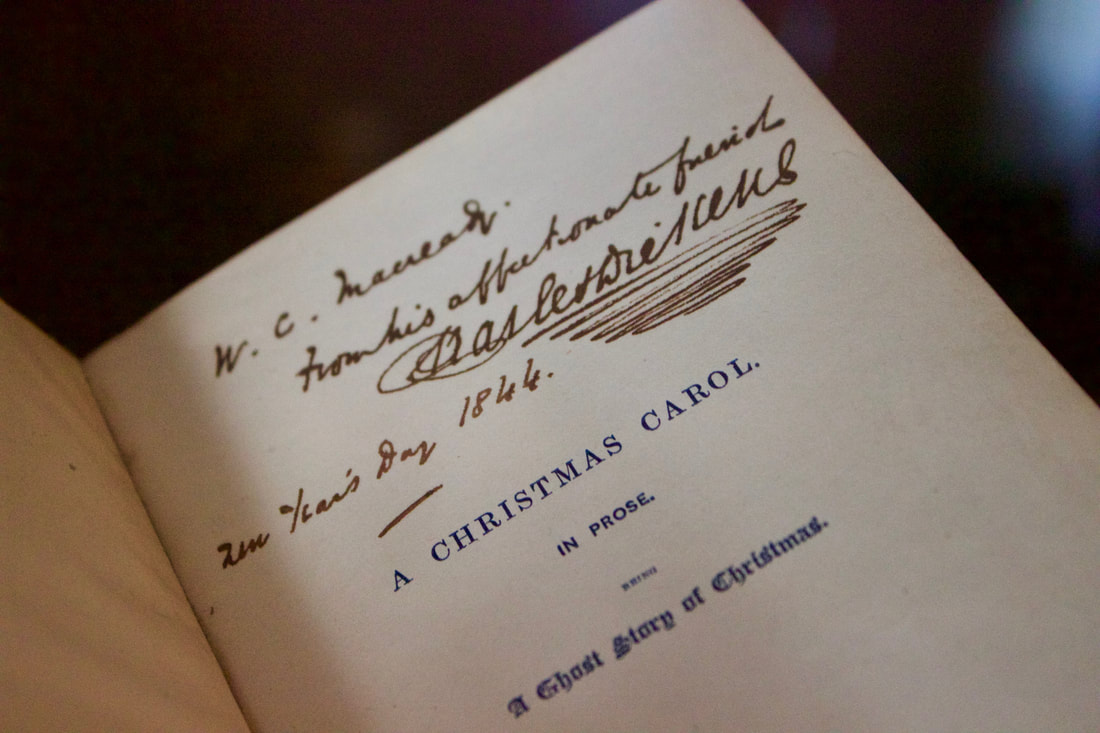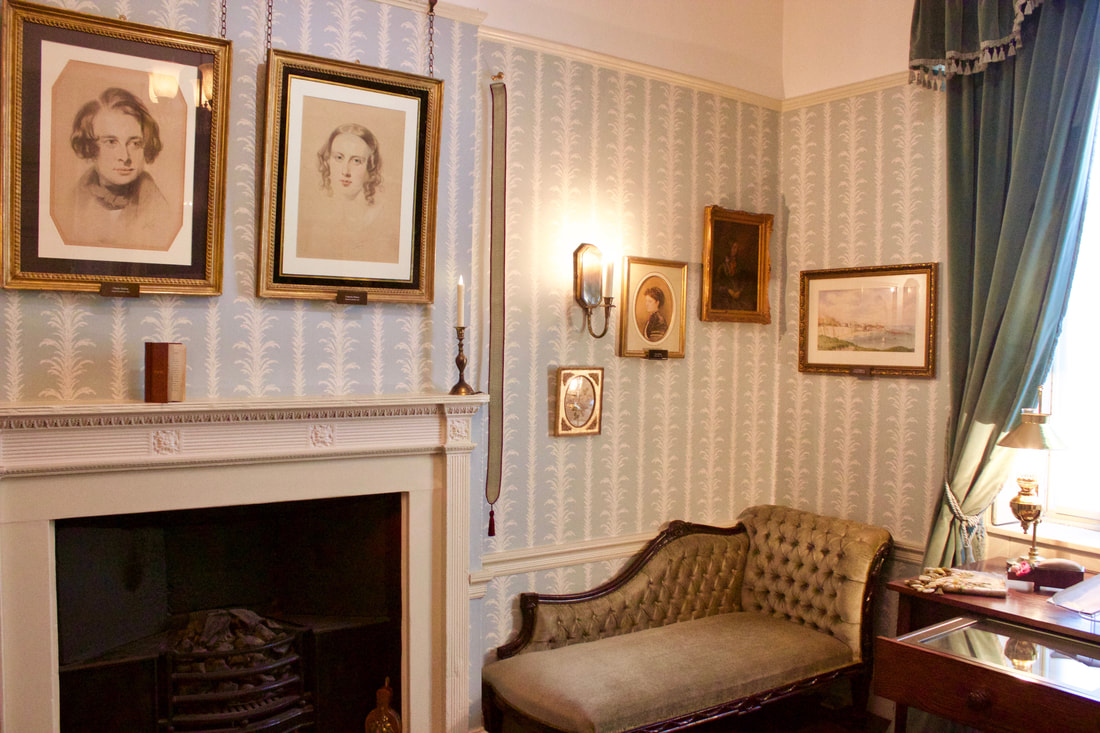Though he traveled throughout England for his stories, London is the hub for many of Dickens' inspirations. Here are some of the best places to explore Dickens' London.
Welcome to 48 Doughty Street, the London home of Charles Dickens. This is the setting where Dickens wrote Oliver Twist, The Pickwick Papers and Nicholas Nickleby, and earned international fame as one of the world's best writers. Inside guests discover the private life of Charles Dickens' family home, exploring various rooms such as the dining hall and servants quarters as well as artifacts like Dickens' writing desk, hand-written letters and autograph copies of his books.
museum is an international research center on Dickens and contains over 100,000 artifacts. Special exhibits and workshops occur year round.
While strolling along Fleet Street, stop at Ye Olde Chesire Cheese. Although not a cheese shop in Dickens' era, this building has been a pub since 1538. Dickens frequented this pub to observe the locals, which inspired his writing for A Tale of Two Cities. What makes this pub unique is that other novelists and writers such as Oliver Goldsmith, Mark Twain, Alfred Tennyson, Sir Arthur Conan Doyle, G.K. Chesterton, P. G. Wodehouse and Samuel Johnson were regulars. Some claim the vaulted ceiling pillars date to a 13th Century Carmelite Monastery.
Lincoln's Inn Fields
The settings and legal actions that occur in the Bleak House occur in and around Lincoln's Inn Fields, which is where the lawyer Tulkinghorn lived. "Here, in a large house, formerly a house of state, lives Mr Tulkinghorn. It is let off in sets of chambers now, and in these shrunken fragments of its greatness lawyers lie in maggots in nuts."
Located at 26 Wellington Street is the Charles Dickens Coffee shop. Here is where Charles lived and operated his newspaper, All The Year Round, on the upper levels of this corner building. The blacking factory is where Dickens worked at the age of 12. This neighborhood inspired Dickens for many of his novels like Little Dorrit, where Arthur Clennam lives in a dingy flat like Dickens once did. Dickens notes Covent Gardens in Great Expectations, The Pickwick Papers and David Copperfield. But Covent Gardens didn't always look this way. It was once a market described by Charles as, "“strewed with decayed cabbage-leaves, broken haybands. . . men are shouting, carts backing, horses neighing, boys fighting, basket-women talking, piemen expatiating on the excellence of their pastry, and donkeys braying."
The Seven Dials
In Dickens' era, The Seven Dials was a cesspool of poverty and crime. Today, its chockfull of museums, pubs and an excellent neighborhood to people watch. Dickens describes the neighborhood best in Sketches by Boz, where fictional character Boz, roams London in observation of its neighborhoods, people and customs.
While there is so much to see in Dickens' London, be sure to add Gray's Inn and Middle Temple on the list. A self-guided tour is possible, but if you want intimate details on Dickens' life, book a Dickens walking tour. There are many short and long tours available to suit your desires and needs.
Whats' your favorite Dickens' site in London?
This Lemon Tree article is now featured on GPSmyCity. To download this article for offline reading or travel directions to the attractions highlighted in this article, go to Exploring Charles Dickens London.
Let's Connect!










 RSS Feed
RSS Feed